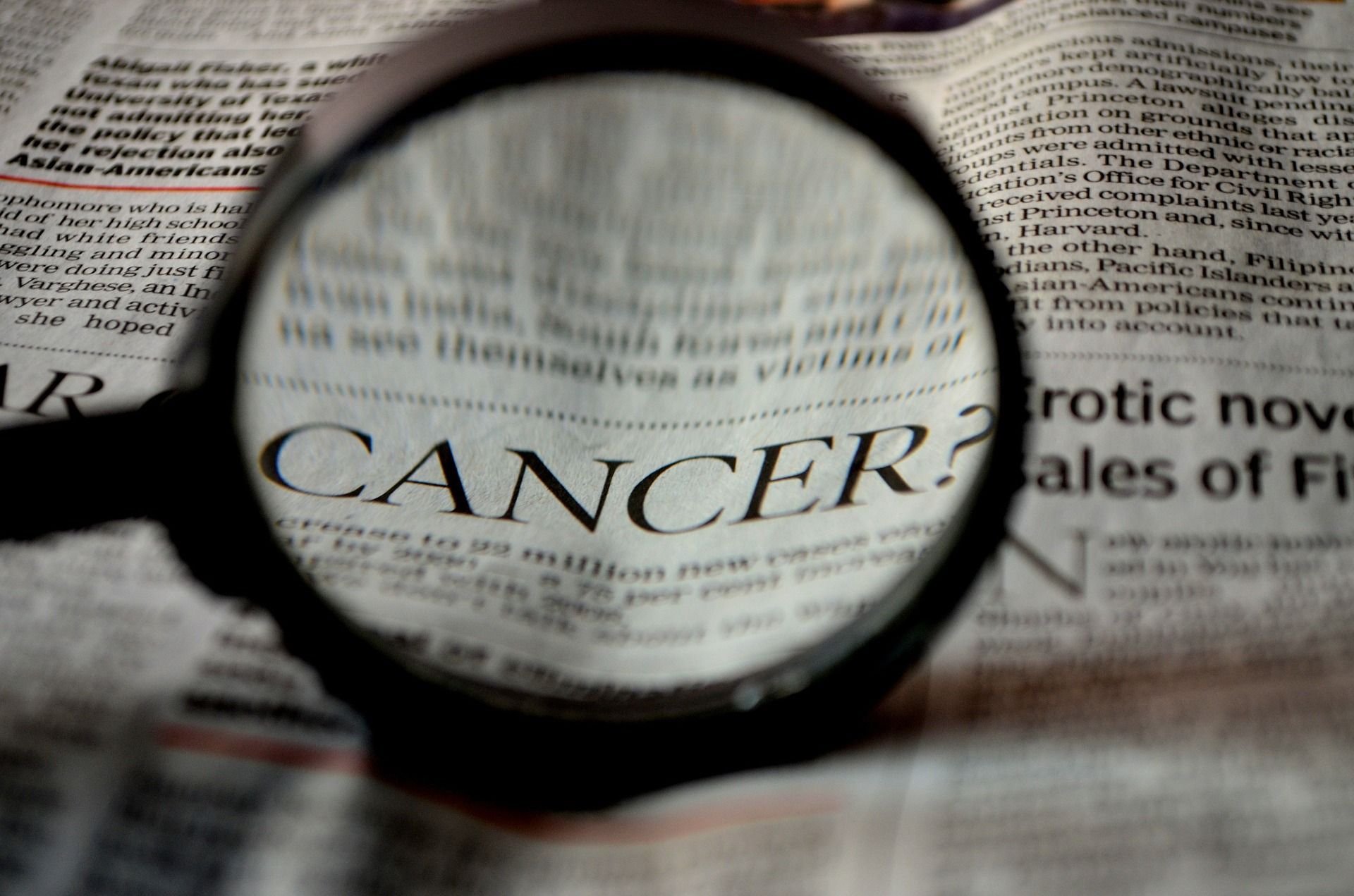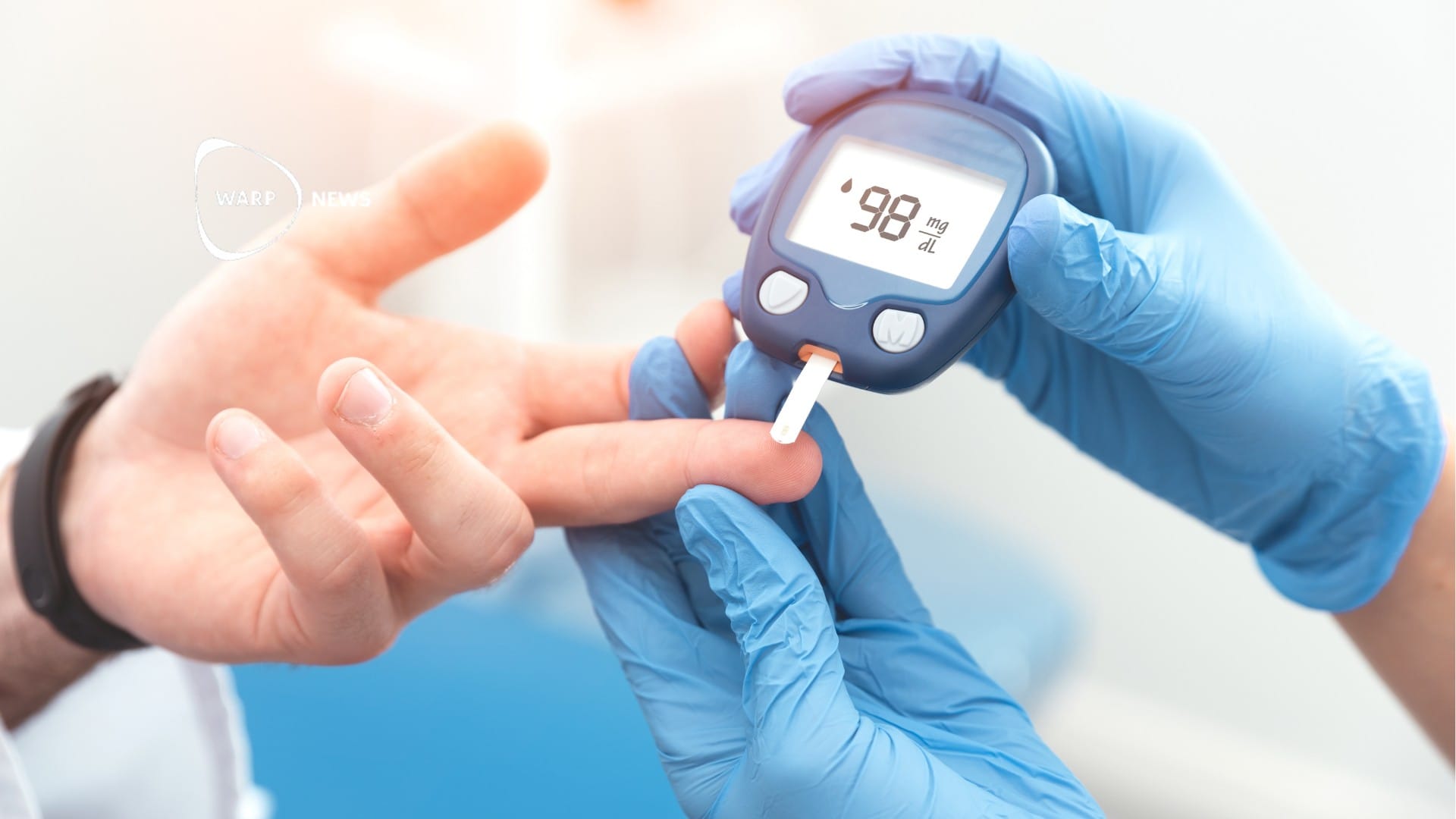
🔬 AI helps dermatologists diagnose skin cancer
An AI is able to analyze images of melanoma and see which ones are dangerous, as good as a dermatologist.
Share this story!
Between two and three million people worldwide suffer from skin cancer each year . There are effective treatments for many types of skin cancer, at least if they are detected and diagnosed in good time. Here AI can help.
A research team at the University of Gothenburg has trained an AI algorithm to determine how dangerous skin melanoma is . The AI can analyze an image of a skin change and see if skin melanoma is invasive, with a risk of spreading, or is in a stage of growth in the epidermis alone, without a risk of spreading.
The researchers had the AI and seven dermatologists analyze the same images. The result was that the AI was as good as the dermatologists at classifying the melanoma. As there are not enough dermatologists to analyze all suspected cases of melanoma, the AI could in the future become a valuable assistant who can quickly eliminate all cases that are obviously not dangerous. Something that would give dermatologists more time for the more difficult cases to assess.
Using machine learning to classify melanoma is a popular area of research. A research team from the Wyss Institute at Harvard University in the USA has developed another method. Their AI has been trained to use a method called "ugly duckling" .
The image analysis systems that exist today analyze each skin change separately. But dermatologists compare many different skin changes for each person to see if any of the changes are different from the others, an ugly duckling.
Researchers at the Wyss Institute trained their algorithm to recognize ugly ducklings. After going through 33,000 images of skin changes, the AI was able to determine the correct diagnosis in 90 percent of the cases on a series of test images. On average, three dermatologists were right in 88 percent of the cases when they went through the same images.
The images in question can come from a regular mobile phone, which makes it possible to let the AI make an initial diagnosis in the future. The first analysis can then be done at a health center where all harmless cases are sorted out. It reduces the pressure on dermatologists who do not have to examine so many patients but can focus on the most serious cases.
The plan is now to go ahead with clinical studies and then interest companies to commercialize the method.
By becoming a premium supporter, you help in the creation and sharing of fact-based optimistic news all over the world.


